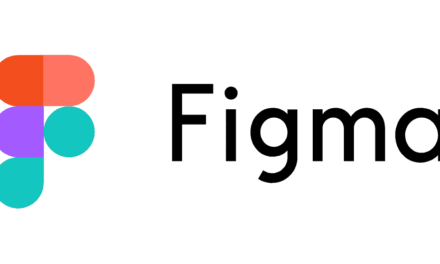In today’s fast-paced world, productivity is a crucial factor for success, both for individuals and businesses. Fortunately, a wide range of software tools is available to help streamline workflows, enhance organization, and maximize efficiency. In this blog post, we will explore and review some of the top productivity software tools, highlighting their key features, advantages, disadvantages, and real-life examples of how they can benefit users. You can find the download links for each software below.
- Project Management: Trello Download Trello: Link
Trello is a popular project management tool known for its visual and intuitive interface. Its flexible board system allows users to create and organize tasks, assign deadlines, and collaborate seamlessly with team members. With features like checklists, file attachments, and activity logs, Trello provides a comprehensive solution for managing projects efficiently. Real-life examples could include how Trello helps remote teams stay organized and effectively track their progress.
Pros:
- Easy-to-use interface
- Customizable boards and lists
- Collaboration and communication features
- Integration with other tools (e.g., Slack, Google Drive)
Cons:
- Limited reporting and analytics
- Advanced features available only in paid plans
- May lack scalability for larger projects or teams
- Note-taking and Organization: Evernote Download Evernote: Link
Evernote is a versatile note-taking and organization tool that enables users to capture and organize their thoughts, ideas, and information across multiple devices. With features like rich text formatting, tagging, and powerful search capabilities, Evernote helps users create and retrieve notes effortlessly. Real-life examples could include how professionals use Evernote to manage research materials, meeting notes, and to-do lists.
Pros:
- Cross-platform accessibility
- Robust search functionality
- File attachment support (e.g., images, PDFs)
- Integration with email and other apps
Cons:
- Limited storage in the free version
- Some advanced features are available only in premium plans
- Interface can be overwhelming for new users
- Time Tracking: Toggl Download Toggl: Link
Toggl is a time tracking software tool designed to help individuals and teams monitor their work hours and improve productivity. With a user-friendly interface and one-click timers, Toggl allows users to track time spent on various tasks and projects. It provides detailed reports and analytics, allowing users to analyze their productivity patterns and identify areas for improvement. Real-life examples could include how freelancers or consultants utilize Toggl to accurately track billable hours and optimize their time management.
Pros:
- Simple and intuitive interface
- Real-time tracking and reporting
- Integration with popular project management tools
- Mobile apps for on-the-go tracking
Cons:
- Lack of offline functionality in the web version
- Limited team collaboration features in the free plan
- Some advanced reporting features require a premium subscription
- Communication and Collaboration: Slack Download Slack: Link
Slack is a widely adopted team communication and collaboration tool that replaces traditional email threads with organized channels and real-time messaging. With features like file sharing, direct messaging, and integrations with other tools, Slack improves team collaboration, reduces email overload, and enhances overall productivity. Real-life examples could include how remote teams leverage Slack to communicate effectively, share updates, and streamline workflows.
Pros:
- Efficient and organized team communication
- Searchable message history
- Integration with numerous third-party apps
- Voice and video calling features
Cons:
- Can be overwhelming for new users
- Limited file storage in the free version
- Notifications can become distracting if not managed properly
- Task and Project Management: Asana Download Asana: Link
Asana is a comprehensive task and project management software tool that allows individuals and teams to plan, track, and manage their work effectively. With features like task assignments, due dates, progress tracking, and visual project timelines, Asana empowers users to stay organized and meet project goals. Real-life examples could include how businesses utilize Asana to manage complex projects, assign tasks, and monitor progress.
Pros:
- Intuitive and user-friendly interface
- Collaboration and communication features
- Multiple project views (e.g., list, board, timeline)
- Integration with other productivity tools
Cons:
- Advanced features available only in paid plans
- Learning curve for complex workflows
- Limited customization options in the free version
Conclusion: By leveraging the power of productivity software tools, individuals and businesses can enhance their efficiency, organization, and overall success. Whether it’s managing projects, taking notes, tracking time, collaborating with teams, or organizing tasks, the reviewed software tools offer valuable features and functionalities. Consider downloading and exploring these tools to unlock your full potential and boost your productivity in various aspects of life and work.



